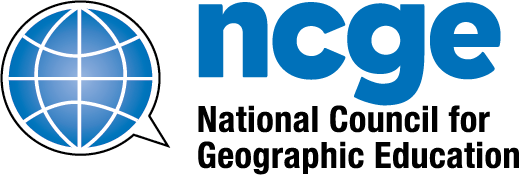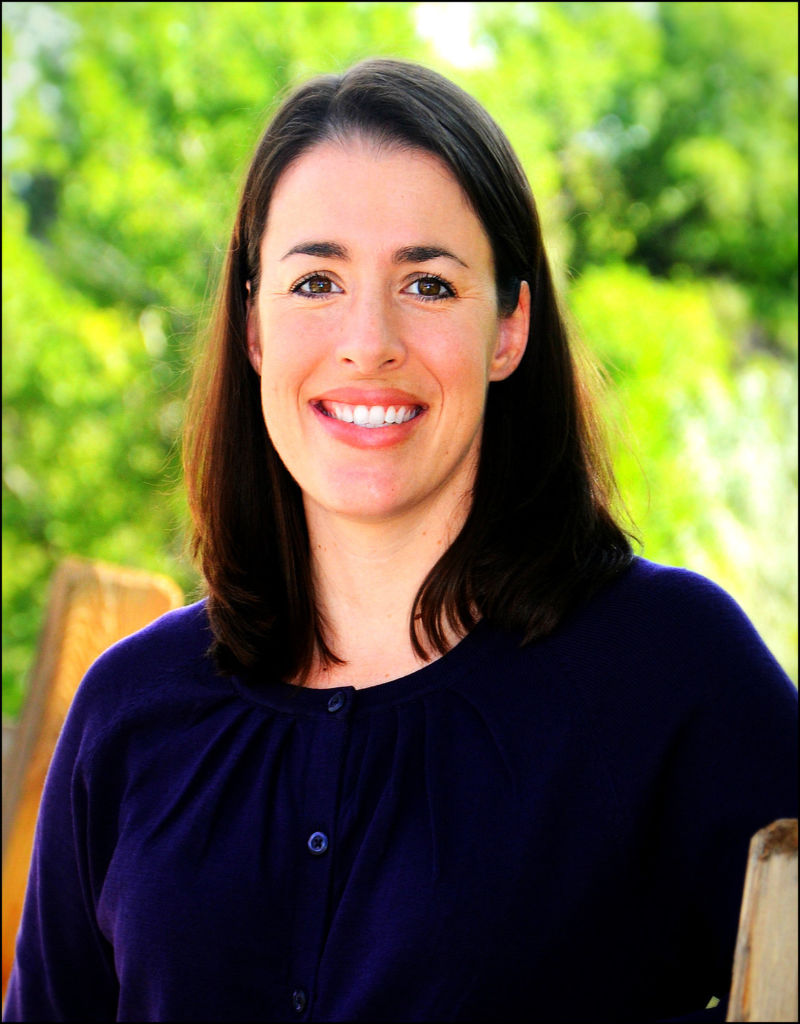I came to the wonderful world of geography in a roundabout way – by the chance of a teaching assignment at age 22. At that time, I didn’t know I wanted to be a geographer and geography educator. I was fresh out of college and just needed a job. Like so many other geography teachers, my degree in history made it possible to teach social studies, and during my first year as a social studies teacher, I was assigned six classes of geography. Despite having never taken a geography course in my life, I was thrilled at the idea of teaching 150 ninth graders about the world.
I quickly found out that being a teacher was much harder than I could imagine (it is still the most challenging job I have ever done). I found teaching geography, specifically, an even harder challenge for a group of students who had mostly traveled less than an hour from their hometown. Talking about spatial patterns in Africa or South Asia was equivalent to talking about nuclear physics. It had little meaning to my students – those were just abstract places on maps that had no relevance to their everyday lives as teenagers. I struggled to find ways to engage my students in learning geography, but I also became increasingly intrigued with learning more geography myself and improving my abilities as an educator.
It was during those years of teaching high school that I found my professional home in geography. But I suppose I was a geographer since my childhood and just didn’t know it. I have my parents to thank for that – we spent our childhood vacations on long road trips, sleeping in tents, hiking and canoeing in wild places, and exploring the world around us. We didn’t have cable TV or computers, and I rarely spent a day inside. I was more at home running down a trail than anywhere else in the world. Like most children, I had a natural curiosity about the world and my parents provided many opportunities for my siblings and myself to explore those curiosities. Looking back, it doesn’t seem like a coincidence that my brother pursued a degree in geology, my sister pursued a career in environmental science education, and I found my place in geography – we all loved learning about the world at an early age.
As I got older, I remember pouring over atlases with my dad before our family road trips to make sure we had found the best route to our destination (I still do!). As a young adult, I spent hours talking with my grandmother about geography. We talked about all the interesting places in the world we would like to visit and we would share National Geographic magazines (between the two of us, we subscribed to all the NG brand magazines!). It was my grandmother who convinced me to pursue a Ph.D. in geography education.
After three years of teaching high school, I found myself enrolling at Texas State University’s Department of Geography to begin an intensive summer of doctoral courses in geography education, under the direction of Dick Boehm. That was the most academically challenging summer of my life and I wouldn’t trade the experience for anything. During those ten weeks, my dedicated cohorts spent at least four hours each day in class together and at least twice that much time working together outside of class. We were a group of classroom teachers, college instructors, and school administrators, but were all bound together by our love of geography and our commitment to improving geography education. That first summer of doctoral studies also marked my first year as a member of NCGE, the Alliance Network, and AAG. That was 2005.
Over the last ten years the world of geography education has offered opportunities I could have never imagined that first year teaching high school geography. I have been fortunate to work with so many amazing individuals and organizations that continually inspire me.
Perhaps the most professionally rewarding project in the last ten years has been working on the Geography Road Map Project (www.natgeoed.org/roadmap), led by Danny Edelson and partnering organizations: National Geographic, NCGE, AAG, and the American Geographical Society. I found myself coordinating the efforts of the Instructional Materials and Professional Development committee – a group of individuals who I can honestly say are the best people I have ever worked with: Emily Schell, Kathy Roth, Keith Barton, Mark Bockenhauer, Bert Bower, Paul Gray, Susan Hardwick, Verneda Johnson, Lydia Lewis, Betto Ramirez, Gwenda Rice, Ann Rivet, Andy Shouse, and Jan Smith. In addition to this group were those leading other Road Map committees and project activities and included Danny Edelson, Rich Shavelson, Jill Wertheim, Sarah Bednarz, Susan Heffron, Niem Tu Huynh, and Virginia Pitts. The commitment to improving geography education among the Road Map committees is truly astounding and I am incredibly thankful for all that I have learned from these individuals. A single statement from the Road Map project that really resonated with me is:
Geography can be a great equalizer. Every child has a “place” and knows something of the world around her or him. This common base of experience—place—is a core theme in geography, but it also is an important means of equalizing opportunity and legitimizing the experiences of children whatever their background.
Thank you, Andy Shouse, for so eloquently tracking this change into a draft of the Instructional Materials and Professional Development report! This statement captures the reason I fell in love with learning geography and teaching geography. All children’s experiences in the world matter, and geography is a way for those experiences to take shape and provide meaning for the world in which they live.
Today I find myself working at the intersection of geography and science education, as a research associate at BSCS, a science education non-profit in Colorado. I mostly work on environmental and Earth science projects, but try to keep my hands in geography as much as possible. My favorite project right now is an elementary video-based lesson analysis project, under the direction of Kathy Roth. It is a curriculum and professional development program in which elementary teachers work in cohorts to watch and analyze videos of classroom science teaching and learning (their own classrooms and colleagues’ classrooms) to better understand student thinking and misconceptions about big ideas in science. It is also includes helping teachers create a “science content storyline” for students in order to provide coherence, relevance, and focus for teaching big ideas in science. I have worked with teachers in grades K, 2, 4 and 6 on topics such as uneven heating of Earth’s surface, plate tectonics, weathering and erosion, landforms, and weather (see http://bscs.org/reinvigorating-elementary-science-through-partnership-california-teachers for more information, and also www.bscs.org/stella and www.bscs.org/vista for related programs).
Each year I look forward to the National Conference on Geography Education, as it feels like coming home to family. I think back to 2005, my first conference, and how I didn’t know anyone there, except my fellow graduate students. Very quickly I was welcomed into this wonderful professional community. I would like to add a big thank you to Joseph Kerski for his warm welcome at the first conference I attended- it really made a difference to a shy, young geography teacher attending my first national conference!
NCGE and its membership continue to inspire and challenge me, both professionally and personally. Even though I found my way to geography by that chance teaching assignment many years ago, I have never felt more at home working on geography education projects with colleagues and life-long friends that share the same passion I have for learning about the world and teaching others.
Audrey Mohan
[/fusion_text][fusion_global id=”2597″][/fusion_builder_column][/fusion_builder_row][/fusion_builder_container]


